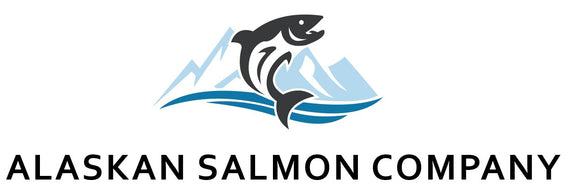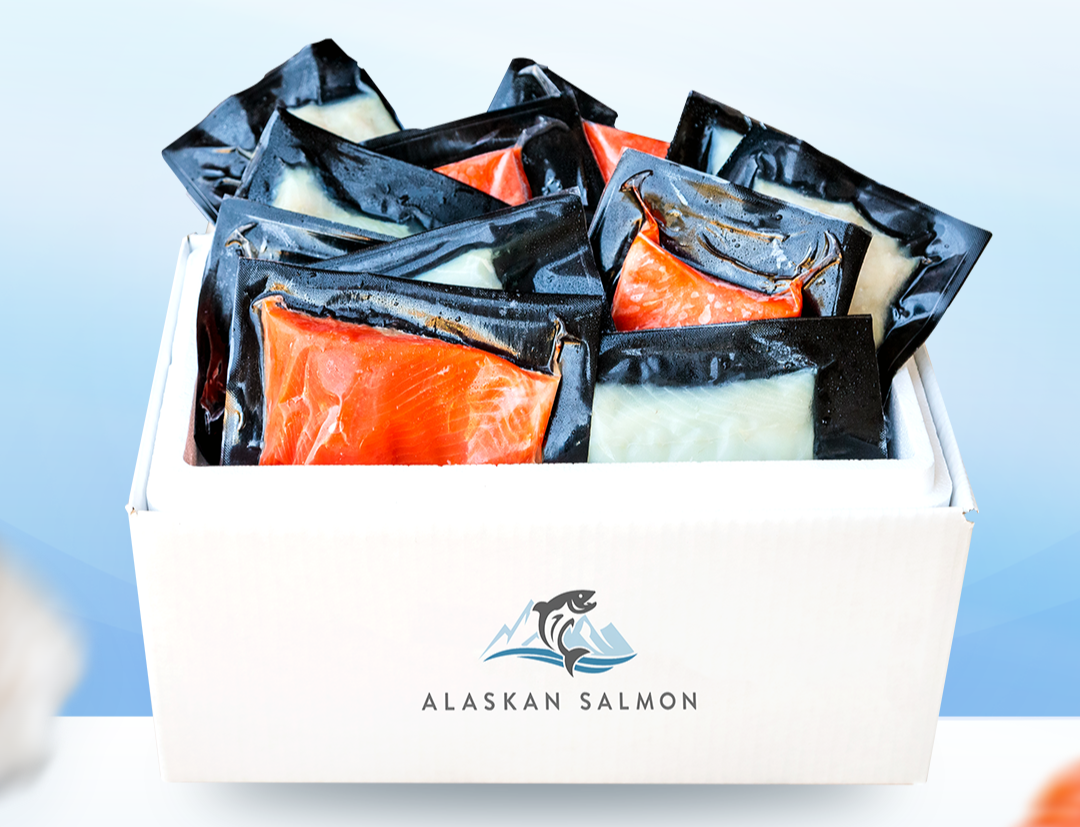The Most Sustainable Fish to Eat Recommended by MSC
Updated on Jul 16, 2021
The Marine Stewardship Council (MSC) helps people choose fish that are caught in ways that protect the ocean. When you see the blue MSC label on seafood, it means the fish came from a well-managed fishery that keeps marine life and habitats healthy.
This article explains what makes a fish sustainable, which kinds the MSC recommends, and where to find them. Choosing MSC-certified fish supports healthy oceans and ensures there will be plenty of sea life for future generations.
What Makes a Fish Environmentally Sustainable?
A fish is considered environmentally sustainable when it comes from sources that protect ocean ecosystems, keep fish populations strong, and support the communities that rely on fishing.
The Marine Stewardship Council (MSC), opens in a new tab sets a widely recognized standard for responsible fishing and ensures that fisheries meet strict environmental and social criteria.
To earn MSC certification, fisheries are carefully evaluated by scientists and marine experts. They focus on three main areas: keeping fish populations at safe levels so they can reproduce, using fishing methods that minimize damage to habitats and other marine life, and following management practices that are both responsible and adaptable to local social and economic needs.
Certified fisheries undergo annual checks to confirm they continue to meet these standards.
Sustainable Fish to Eat
If you want to make ocean-friendly choices, these fish are safe, sustainable, and widely recommended:
Salmon
Salmon is a popular choice that can be sustainable, both wild-caught and farmed. Wild salmon from well-managed fisheries ensure populations stay strong and habitats remain healthy, while responsibly farmed salmon raised in modern recirculating systems reduce pollution and the risk of escapes into the wild.
Cod
Cod is a mild-flavored white fish that is sustainable when caught from healthy populations using techniques that avoid damaging the seafloor, such as hook-and-line or certain net methods. MSC certification guarantees that cod stocks are monitored carefully to prevent overfishing.
Halibut
Halibut populations are vulnerable to overfishing, so choosing MSC-certified halibut ensures the fish comes from fisheries that balance harvesting with long-term population health. Sustainable halibut fisheries also minimize bycatch, which protects other marine species.
Haddock
Haddock is another white fish that thrives in well-managed fisheries. Sustainable haddock comes from fisheries that limit environmental impact, keeping ocean habitats intact and non-target species safe while maintaining robust fish populations.
Hake
Hake is often caught in deep waters, and MSC-certified hake comes from fisheries that manage stocks carefully and use methods that reduce damage to the seabed. This ensures the species remains plentiful and ecosystems are preserved.
Herring
Herring is small, abundant, and highly sustainable. It reproduces quickly, and MSC-certified fisheries focus on careful harvesting techniques that allow populations to remain strong while providing a nutritious option for people and wildlife alike.
Hoki
Hoki, a white fish from the Southern Hemisphere, is sustainable when caught using trawls designed to minimize bycatch. MSC certification ensures these fisheries follow strict management rules to protect the species and the surrounding ocean life.
Mackerel
Mackerel is fast-growing and reproduces quickly, making it naturally more sustainable. MSC-certified mackerel fisheries manage catches responsibly, helping maintain healthy populations and protecting other species from harm.
Sardine
Sardines are small, oily fish that are highly abundant and reproduce rapidly. Sustainable sardine fisheries balance harvesting with population health, making them a safe choice for both the environment and your diet.
Tuna
Tuna can be tricky because some species are overfished. Choosing MSC-certified tuna means it comes from fisheries that carefully monitor stocks, use selective fishing methods, and work to protect other marine life.
Where to Buy Sustainable Fish
Finding sustainable fish is easier than you might think. Many grocery stores, fish markets, and online seafood retailers carry MSC-certified seafood. Look for the distinctive blue MSC label on packaging to be sure the fish is sourced responsibly.
Restaurants are also increasingly offering MSC-certified options, so when dining out, you can ask which seafood is MSC-certified or look for menu items that display the blue MSC label to make a responsible choice.
Summary
Sustainable fish choices support oceans, wildlife, and fishing communities. MSC certification guarantees responsible practices and healthy stocks, so you can enjoy seafood like salmon, cod, and sardines with confidence.
If you want an environmentally friendly start, consider trying Wild Sockeye Salmon, Wild King Salmon, Alaskan Black Cod (Sablefish), or Alaskan Halibut from Alaskan Salmon Company. These choices are not only tasty but also help you support sustainable fisheries and thriving oceans for generations to come.








